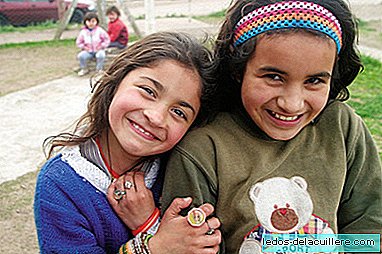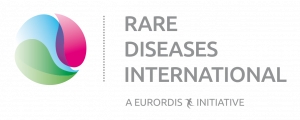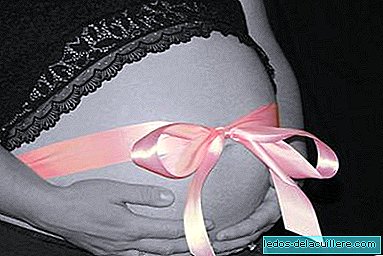
UNICEF Spain presented its report last 21 Childhood in Spain, the impact of the crisis on children, which reveals that almost 2.2 million children are below the poverty line.
We already echoed the aforementioned report in Peques and Más, just as we would like to tell you today that the aforementioned organization presents the Report Card 10 report. It analyzes child poverty in 35 rich countries and the situation of deprivation that affects millions of children in this countries.
This report has been made on data at the end of 2009, the most recent available for a comparative analysis between 35 countries.
In the European Union (together with Norway and Iceland), some 13 million children lack items (basic elements that define the degree of deprivation) necessary for their development. The Report Card 10 report from the UNICEF Research Office analyzes the poverty and child deprivation rates that children go through in the industrialized world, making comparisons in performance between countries.
And when comparing some countries with others, those responsible for the report have realized that child poverty is not inevitable, and yet it is conditioned to public policies. So the results show data that allow us to establish that some countries establish better protection measures than others.
Indicators analyzed in Report Card 10
- Child Deprivation Index: the child 'with deprivation' is defined as one who lacks two or more essential items included in a list of 14 (make three meals a day, access the Internet or have a quiet place to do homework)
The highest rates of deprivation are found in Romania, Bulgaria and Portugal, although even some richer countries, such as France and Italy, have deprivation rates above 10%. The Nordic countries have the lowest rates of deprivation among children, all of them registering levels below 3%
- Relative poverty: referring to the percentage of children living below the poverty line of their country (50% of the average income).
The Nordic countries and the Netherlands have the lowest relative child poverty rates. Australia, Canada, New Zealand and the United Kingdom have rates between 10% and 15%, while more than 20% of children in Romania and the United States live in relative poverty
Gordon Alexander is the director of the UNICEF Research Office and states that "Too many children continue to suffer basic deficiencies in countries that have sufficient means". "The report also shows that some countries have done well - observing data prior to the crisis - thanks to the social protection systems that existed. The risk is that in the current crisis, for a long time we will not see the consequences of poor decisions. "
Alone Denmark, Finland, Iceland, the Netherlands, Norway, Sweden and Cyprus are among the top ten countries in both indicators.
I cannot agree more with UNICEF when the report states that "failure to protect children from the crisis is one of the most costly mistakes a society can make."












